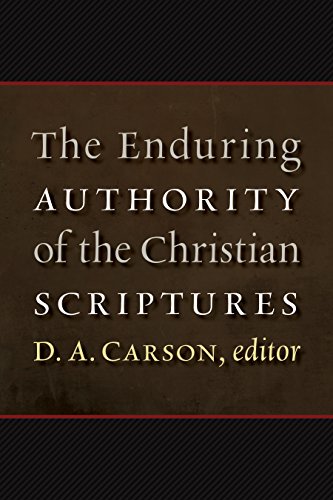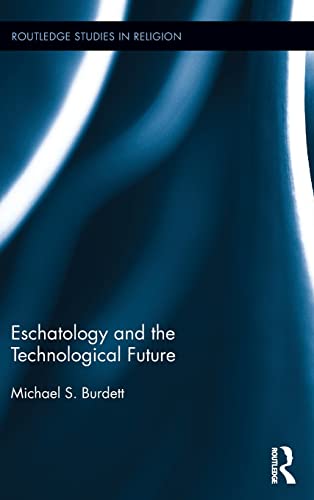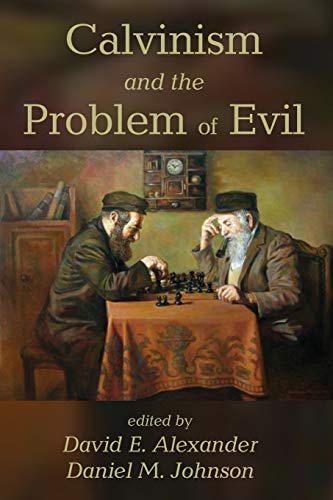The Materiality of Power: Explorations in the Social History of Early Israelite Magic
Written by Brian B. Schmidt Reviewed By Michael S. HeiserThe publisher describes this book as “five case studies in which architectural spaces, artifacts, epigraphs, images and biblical manuscripts corroborate the existence of a robust daimonic realm ruled by YHWH and Asherah in late pre-exilic Israel and an embryonic pandemonium foreshadowing later demonological constructs” (https://www.mohr.de/en/book/the-materiality-of-power-9783161533020). The case studies at hand are well known in the field of Israelite religion: the inscribed pithoi from Kuntillet Ajrud, the tomb inscription from Khirbet el-Qom, the inscribed amulets from Ketef Hinnom, and biblical passages which hint at veneration of other deities or powers in Israel (Deut 32:8–9, 43; 1 Sam 28:13). The author, Brian Schmidt, teaches at the University of Michigan and has published extensively on the contested field of reconstructing the socio-historical realities of ancient Israel as well as its neighboring societies.
As the preceding description makes transparent, Schmidt contends that inscriptional evidence presented in these case studies that preserve the phrase “Yahweh and his Asherah” are to be read as describing a divine couple—god and goddess—in Israelite religion. This position is crucial to Schmidt’s thesis that the inscribed objects upon which he focuses served an apotropaic (i.e., protection from evil) purpose. This in turn propels the conclusion that Yahweh and Asherah were protective deities, fulfilling the role of Egypt’s Bes and Beset to protect mortals from hostile daimonic powers in this world and the next.
Schmidt’s main service in this book is a very meticulous review of the archaeological, iconographic, and epigraphic issues for the inscriptions treated therein. On its own, this feature makes the volume attractive to anyone interested in the archeology of ancient Israel as it relates to religious practices. In particular, he interacts extensively with Pirhiya Beck’s thorough analysis of the Bes and Beset figures (“The Drawings from Horvat Teiman [Kuntillet ‘Ajrud],” Tel Aviv 9 [1982]: 3–68) and makes his own contributions, especially in his detailed discussion of how deities were iconographically marked (or not) for gender. The result of Schmidt’s investigation is that it would be difficult to deny that this material indeed presents Yahweh and Asherah (or with the suffixed Hebrew pronoun “his,” Asheratah) as a divine couple.
There is, of course, no need to deny this point. Evangelical scholars have devoted considerable attention to the inscriptions from Kuntillet Ajrud and Khirbet el-Qom, as well as personal and divine names more generally. Richard Hess, for example, has acknowledged the evidence that some Israelites believed Yahweh had a consort (Israelite Religions: An Archaeological and Biblical Survey [Grand Rapids: Baker Academic, 2007], 288). (“Some” is an important qualifier to which I will return). Likewise, Semitists have demonstrated that it simply is not correct to say that divine names cannot be suffixed, though this has been a common argument by some scholars for interpreting “Yahweh and his Asherah” as a reference to Yahweh and a cultic place or object, rather than the goddess (most notably Anson Rainey, “Syntax, Hermeneutics, and History,” IEJ 48 [1998]: 246–47).
One of the more noteworthy items in Schmidt’s discussion of the inscriptional case studies is that he offers new translations for some key lines. Whereas earlier translations have only Yahweh dispensing blessing (“May he…”), Schmidt has “May they (i.e., both Yahweh and Asherah) …” (e.g., pp. 47, 49, 78). Schmidt notes that the relevant verb forms “may be plural with northern consonantal writing lacking the final û or these are singular verbs with a preceding (antecedent) compound subject” (p. 78). This is true of northern Israelite, but the Kuntillet Ajrud inscription was found south of Judah in the northern Sinai. The inscription also refers to Yahweh worship not just in the north (“Yahweh of Samaria”) but also the south (“Yahweh of Teman”). Schmidt’s appeal to northern consonantal writing is therefore not compelling.
After his discussion of inscriptional case studies, Schmidt turns to Deuteronomy 32:8–9, 17, 43, texts that he and many others consider evidence that early biblical (i.e., “orthodox”) Israelite religion had a pantheon and was henotheistic. This move fits his goal of viewing Yahweh and Asherah as equal partners in thwarting evil for their faithful followers. For those who find this idea new—namely, that Hebrew עֶלְיוֹן(“most high”) in Deut 32:8 and יהוהin 32:9 are to be considered distinct deities (i.e., father and son)—this reviewer has addressed the exegetical and logical fallacies driving this thinking (Michael S. Heiser, “Does Divine Plurality in the Hebrew Bible Demonstrate an Evolution From Polytheism to Monotheism in Israelite Religion?,” JESOT 1:1 [2012]: 1–24).
One such fallacious example in Schmidt is illustrative. On p. 167, Schmidt assumes that the father : son :: יהוה : עֶלְיוֹן equation is justified by Ugaritic El being described as “most high” and having many sons underneath his sovereignty. Yet Schmidt fails to cite any Ugaritic text for El as “Most High” (‘ly) for a good reason—there isn’t a single one. At Ugarit, only Ba‘al bears this epithet (KTU2 1.16:III:6, 8; see Aicha Rahmouni, Divine Epithets in the Ugaritic Alphabetic Texts, trans. J. N. Ford, Handbook of Oriental Studies 1/93 [Leiden: Brill, 2008], 258, 374).
On a more positive note, Schmidt’s treatment of Deuteronomy 32:17 is excellent and, in some respects, ground-breaking. Rather than embracing the unsound notion that the שֵׁדִים (often rendered “demons,” e.g., ESV) are not deities because they have no cult in Mesopotamia (from where the term שֵׁדִים originates), Schmidt demonstrates the deep flaws of that assumption. His discussion is important, especially for English readers of the Bible for whom conventional renderings have obscured the language of divine plurality in the Hebrew Bible. Understanding how to think about this phenomenon of the text is necessary for addressing the common scholarly view that “orthodox” Israelite religion evolved out of polytheism into monotheism. While evangelicals could in theory accommodate this idea under the category of progressive revelation, the present reviewer has devoted a good deal of effort into making the case that such a decision is unnecessary. Schmidt’s work is helpful in reframing the important question of how to define “polytheism” and “monotheism” more accurately, though that obviously wasn’t his primary intention.
Michael S. Heiser
Michael S. Heiser
Logos Bible Software
Bellingham, Washington, USA
Other Articles in this Issue
Gospel Differences, Harmonisations, and Historical Truth: Origen and Francis Watson’s Paradigm Shift?
by Frederik S. MulderClaiming to stand on the shoulders of the later Origen, in Gospel Writing: A Canonical Perspective, Francis B...
“For Your Sake We Are Being Killed All Day Long”: Romans 8:36 and the Hermeneutics of Unexplained Suffering
by David StarlingThis article explores the function of Paul’s citation from Psalm 44:22 within the rhetoric of Romans 8:31–39...
Many churches seem to have lost the art of singing lament...
Reflections on Handling the Old Testament as Jesus Would Have Us: Psalm 15 as a Case Study
by Dane C. OrtlundIn appreciation of the renaissance of christocentric and redemptive-historical hermeneutics and homiletics in our generation, this article selects an OT text, Psalm 15, that appears on the surface to be maximally resistant to a Christ-centered reading and preaching of Scripture...
This article examines the meaning of blessing as expressed in the structure and narratives of Genesis...







